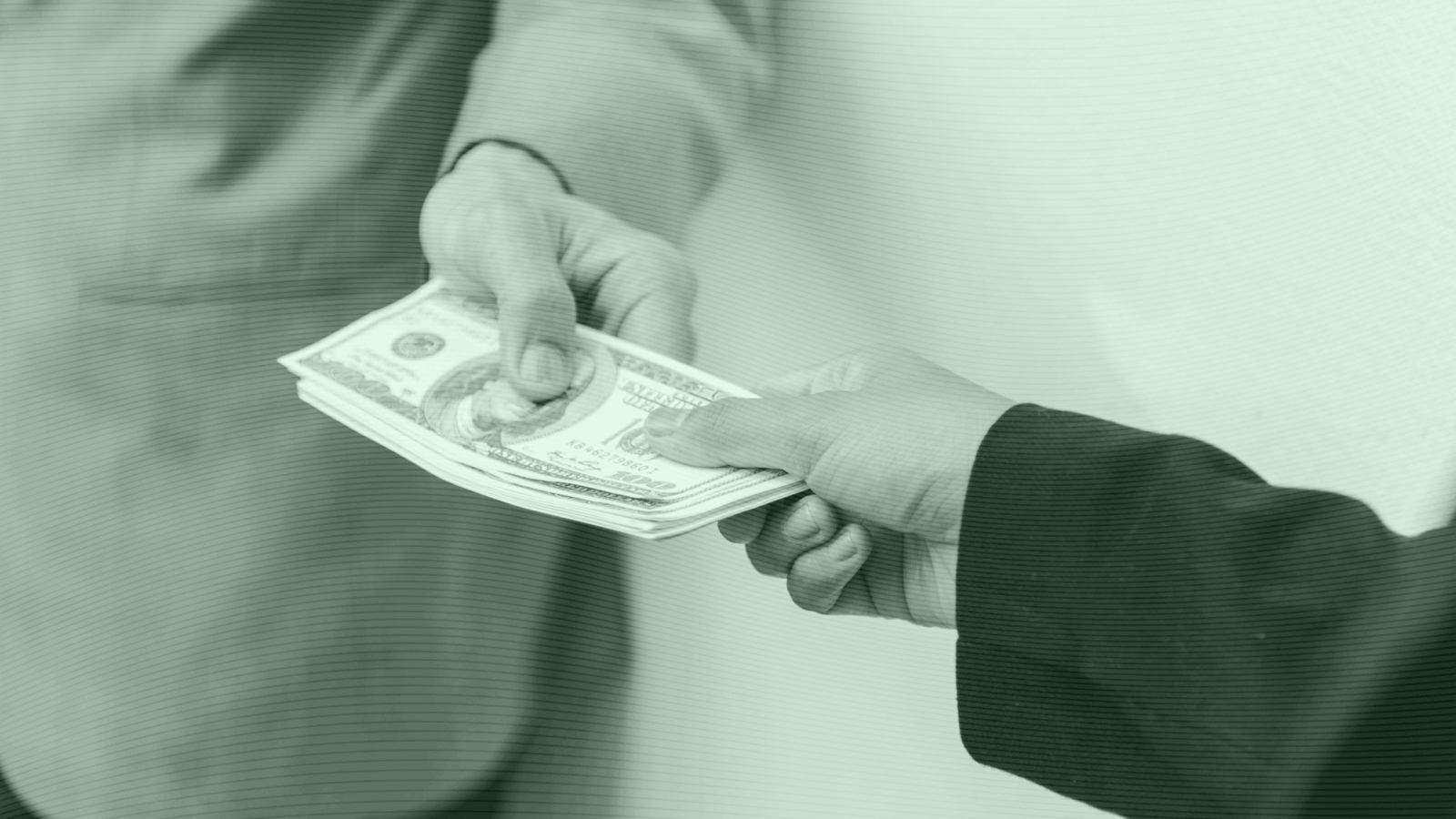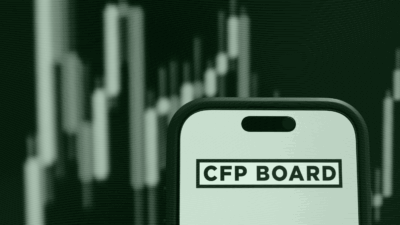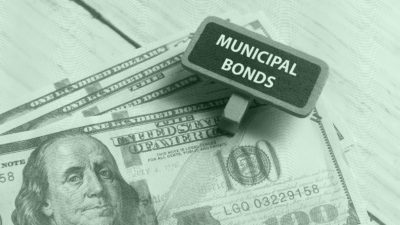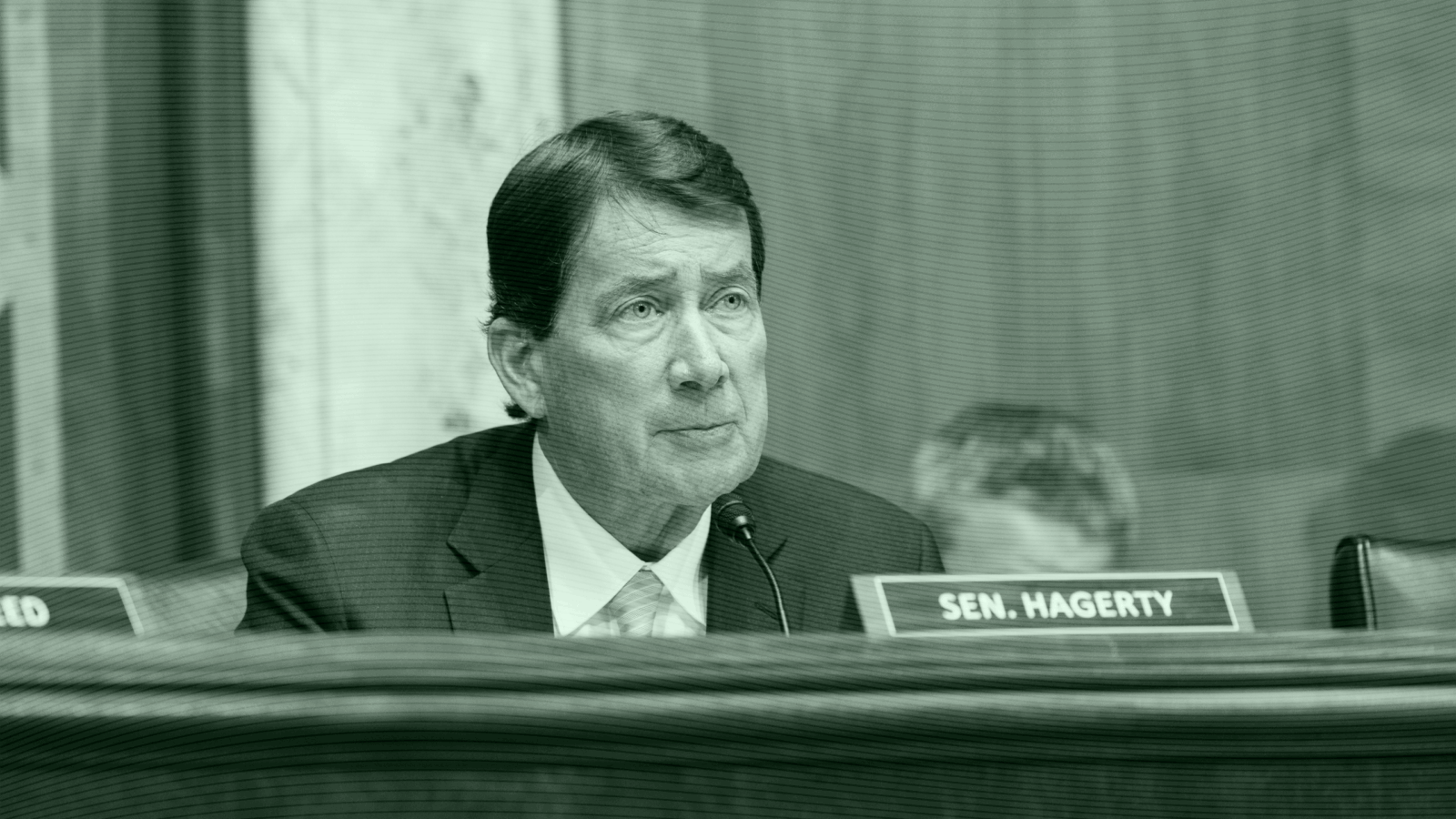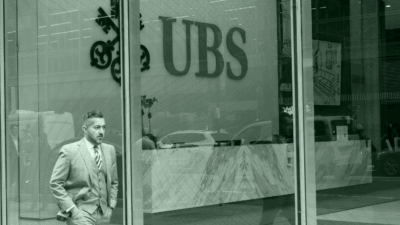Going Under the Hood of Buffer ETFs
Buffer ETFs have quickly gained momentum with 200 funds currently trading on US markets with about $37 billion in aggregate assets.
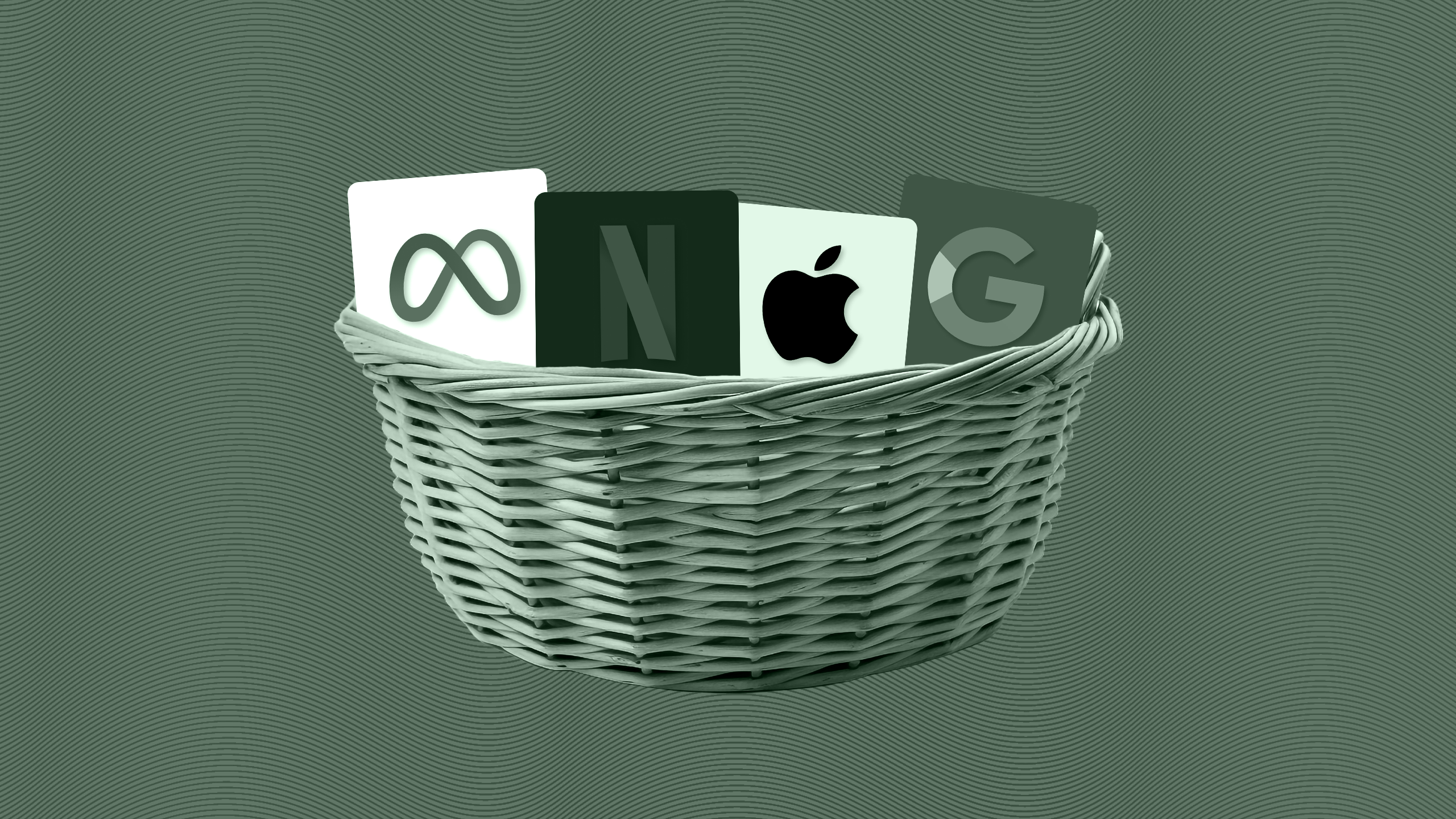
Sign up for market insights, wealth management practice essentials and industry updates.
Investors sometimes like a little extra security when dealing with, well, securities. Investment vehicles with added protections have been attracting traders in recent years, especially investors who shudder anytime the market hiccups. And one of the latest evolutions in risk-mitigating investing is the buffer exchange-traded fund.
Debuting in 2018, buffer ETFs have quickly gained momentum with close to 200 trading on US markets with about $37 billion in aggregate assets, according to VettaFi data. But how exactly do these funds, with a little extra padding, actually work?
Before Buffer ETFs
First, we have to understand regular old ETFs. The market can be a risky, complex, and expensive place, especially if you’re betting on individual stocks. ETFs, which first launched just over 30 years ago, were designed to simplify the investing process:
- Instead of buying shares of individual companies, you put your money into a basket that contains an assortment of similar securities, whether it’s stocks, bonds, currencies, commodities — even crypto, these days. You’re not buying one whole thing, but rather a little piece of everything.
- Let’s say you want to invest in semiconductor chips. You could buy shares of Nvidia (which has been a pretty popular bet these days), or you could invest in something like the VanEck Semiconductor ETF, which gives you skin in a wide range of chipmakers like TSMC, Broadcom, Texas Instruments, and more.
Here in the US, there were over 3,000 ETFs with total net assets of more than $8.1 trillion dollars as of December 2023, according to the Investment Company Institute. And they’re quite popular among advisors, accounting for almost 25% of assets managed by investment companies.
Ups and Downs of ETFs and Buffer ETFs
The initial cost of buying shares in an ETF is generally affordable, and the fees tend to be lower than those of mutual funds. ETFs rarely incur yearly capital gains tax, meaning you’ll only pay taxes on them when you sell them for a profit. And unlike mutual funds, which trade only once a day, ETFs can be traded multiple times, just like stocks.
Of course, there are downsides with everything. If you’ve invested in dozens of ETFs but a major company like Microsoft is present throughout them, you can easily become top-heavy. One bad day for Microsoft, and your entire portfolio tanks. Also, don’t expect to get rich quick off ETFs. If you deal in, say, mostly index-based ETFs — which just follow the ups and downs of the S&P, Dow, Nasdaq, and others — you’re not going to beat the market, but mirror it.
Buffer ETFs takes that philosophy and adds another layer of protection from losses.
What is a Buffer ETF?
So now that we know what an ETF is, let’s take a look at its buffer brethren. Also known as defined-outcome ETFs, buffer ETFs are another vehicle to mitigate risks and protect investors from losses. If you invest in a buffer ETF tied to the S&P 500, depending on the buffer limit, the index can fall quite a ways before you start to incur losses.
“Buffer ETFs offer a level of protection against market losses, which can provide peace of mind, especially during volatile markets,” financial planner Jonathan Barrett told The Daily Upside. “This protection can be up to a specified percentage, absorb a portion of losses, or in some cases protect the principal entirely. They allow investors to potentially reduce risk in their portfolio, without having to increase the traditional fixed income allocation (or bond allocation) of their investments.”
How Does a Buffer ETF Work?
An easy example to start with would be if you put $10,000 into an ETF that follows the S&P. Say that ETF has a buffer of 20%. If the index falls 10% over the course of a year or so, you won’t lose any money on that ETF because its damages stayed within the buffer zone.
However, if the market dipped 30%, you would incur a loss of 10%, or $1,000. The caveat to the buffer, though, is a cap. If the cap is also 20%, that’s the max you can earn from that ETF. Even if the S&P surges 75% in that same time period, the most you’re able to walk away with is an extra $2,000.
From Buffer ETFs to Fully-Protected
The first buffer ETF launched just over five years ago, and since then, some of the biggest names on Wall Street have jumped on the bandwagon and built off the strategy.
Calamos Investments began launching a dozen capital protected ETFs this year, and BlackRock debuted its similar iShares Large Cap Max Buffer Jun ETF (MAXJ for short, thankfully). These types of ETFs offer 100% downside protection, so technically it is not buffered. It’s all covered.
How Can Buffer ETFs be Fully Protected?
It all centers around building a payoff profile with three options. Let’s go back to that $10,000 example from before:
- The first part of the equation is a zero-strike, or deep-in-the-money, call option. “That gives you the upside performance and downside performance of whatever you tie it to — the S&P 500, the Nasdaq, the Russell 2000,” said Matt Kaufman, head of ETFs at Calamos Investments. It’s also the costliest part of the formula, requiring 98% of your investment.
- “The next option is an at-the-money (ATM) put, so that if the market goes down, your put will go up in value and cover your losses,” he said. That’s going to cost 4% of your investment.
But something’s off there. Those costs add up to 102% of your initial investment, and that’s impossible. No one can invest more than 100%. By definition, that is the most anyone can invest:
- The third option is selling an out-of-the-money (OTM) call where the asset manager collects 2%. Whatever the strike price of that OTM call is will be the cap rate that is set for the next one-year outcome period. “There’s no free lunch,” Kaufman said, citing a popular investing adage.
100% Downside and the End of the World: But let’s say, theoretically, the S&P has a catastrophic crash. What happens to your investment then? Is it still fully protected? Kaufman said there would likely be a lot worse things to worry about.
“Even then, it’s not like your money would be gone. It just wouldn’t be as liquid,” he said. “Your put options package would be flat, and so it would be a matter of, ‘Can I sell it to somebody? Are there human beings left on Earth?’”
What are the Risks of Buffer ETFs?
Because of the caps, some investors may feel they are leaving money on the table with a buffer, but Kaufman said those risks are avoidable.
“If you know what your upside is, know what your protection level is, know how many days you have to hold before you get there, then all that information is known ahead of time,” he said, “so I don’t necessarily view it as a risk factor.”
Who Uses Buffer ETFs?
Kaufman said retirees are the biggest demographic getting involved with buffer ETFs right now. “There’s a massive number of folks entering retirement in the next couple of years, the largest that we’ve ever seen in US history,” he said. “That group has to provide for themselves when they no longer work. Using products like these can help solve their longevity risks and outpace inflation.”
